#hawker siddeley harrier
Explore tagged Tumblr posts
Text

Rare Harrier from No. IV Sqn RAF in arctic camo. (FTP)
5 notes
·
View notes
Text

1974 ad for the Hawker Siddeley Harrier model kit from Matchbox. 1:72nd scale.
5 notes
·
View notes
Text

@AcepilotAV via X
#harrier#hawker siddeley#vtol fighter#aircraft#royal air force#aviation#royal air force aircraft#cold war aircraft
104 notes
·
View notes
Video
Hawker Siddeley Harrier GR.3 RAF XZ133 Served in the Falklands War by Chris Murkin Via Flickr: Hawker Siddeley Harrier GR.3 RAF XZ133 Served in the Falklands War During the Falklands War, the aircraft served with No 1 fighter squadron and was based on HMS Hermes and for a short time at Port San Carlos Photo taken at the Imperial War Museum Duxford Cambridgeshire 11th March 2025 YYB_2305
#D850#Z8#AIRCRAFT#AEROPLANE#Aviation#Photo#PLANE#Photographic#Photography#Picture#Jet#Cambridgeshire#Display#Duxford#static#HISTORY#Vintage#RAF#Nikon#Hawker#Siddeley#Harrier#GR.3#XZ133#Falklands War#Royal Air Force#1 Squadron#flickr
20 notes
·
View notes
Text
Falklands 1980’s

#sea harrier#hawker siddeley#vtol fighter#aircraft#fleet defense#royal navy#aviation#carrier aviation#royal navy aircraft#cold war aircraft#fleet air arm
42 notes
·
View notes
Text

Convair XFY Pogo Experimental Cold War Aircraft. The early 50s 🎥 VIDEO: https://youtu.be/f1ACLMhO9Ak
🎥EXTREME AIRCRAFT VIDEOS: https://dronescapes.video/Extreme
🎥STRANGE PLANES VIDEOS: https://dronescapes.video/Extreme
Following World War II, the need for practical Vertical Take-Off and Landing (VTOL) combat aircraft became a priority, and the Convair XFY-1 Pogo stands out as a prime example of these early efforts. While the British eventually achieved success with the Hawker-Siddeley Harrier, the United States explored numerous VTOL designs. The vulnerability of fixed airfields to enemy attacks, both from land and air, as well as the risks faced by aircraft carriers (highlighted by Japanese kamikaze attacks), fueled this pursuit. Recognizing the limitations of assigning carrier task forces to every defensive need, the U.S. Navy, inspired by the practicality of helicopters demonstrated by the Army Air Forces and Navy during the war, began considering VTOL interceptors for deployment on various non-carrier ships.
This led to Project Hummingbird in 1947, a joint U.S. Air Force and Navy design study. Building upon this data and insights from captured German Focke-Wulf Triebflugel technology, the Navy formally launched a VTOL fighter program in 1948. The objective was to create an aircraft capable of vertical launch and recovery from destroyers, LSTs, fleet oilers, transports, and other large vessels not equipped for conventional planes. The vision was that these VTOL fighters could independently protect their host ships or combine to defend larger naval formations.
After four years of investigation, the Navy awarded contracts to Convair and Lockheed in May 1951 to develop, construct, and test experimental VTOL fighters. Although both companies were slated to produce two prototypes, only one Lockheed XFV-1 and one Convair XFY-1 Pogo were ultimately built. Notably, the XFV-1 never achieved vertical takeoff and landing, largely because the Navy allocated the sole engine capable of both vertical and horizontal flight to Convair. In contrast, the XFY-1 Pogo successfully executed vertical takeoffs and landings, as well as seamless transitions to horizontal flight and back, demonstrating its capabilities numerous times, thanks in part to its innovative design.
#convair#pogo#XFY#Convair XFY#youtube#aircraft#aviation#airplane#dronescapes#documentary#military#aviation history#cold war era#cold war aircraft#cold war history#avgeek#engineering
14 notes
·
View notes
Text
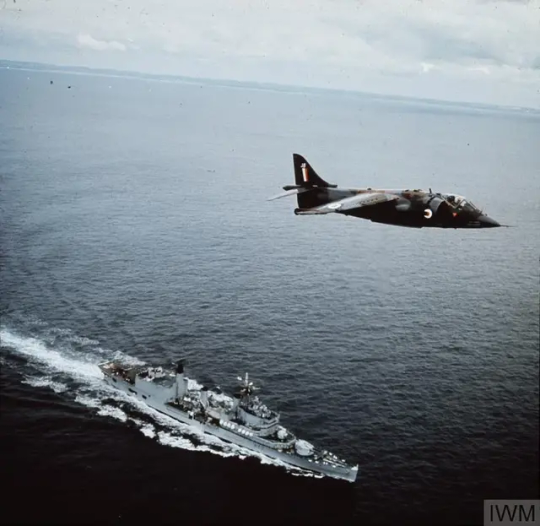
Aerial view of Tiger-class light cruiser HMS Blake (C99) with a Hawker Siddeley Harrier overhead
22 notes
·
View notes
Text
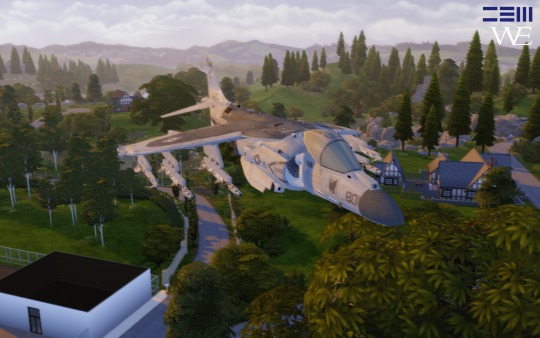
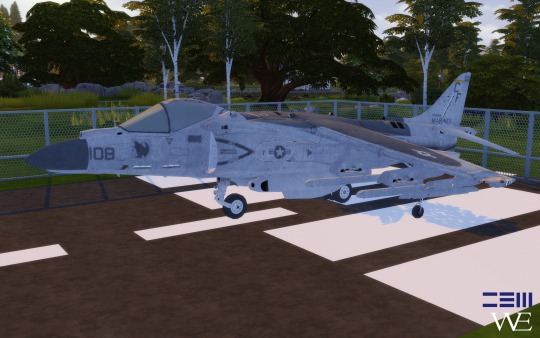
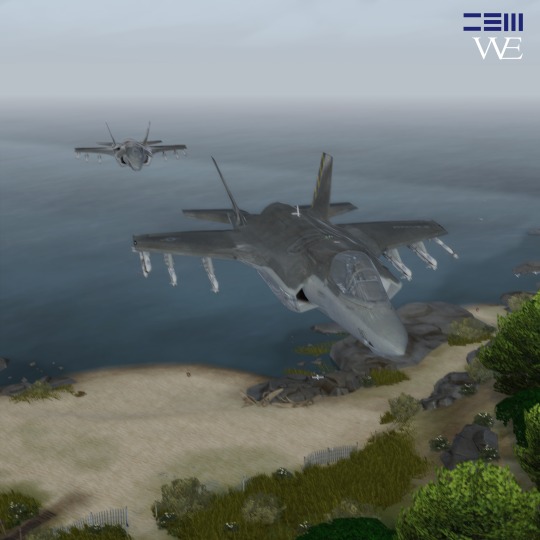
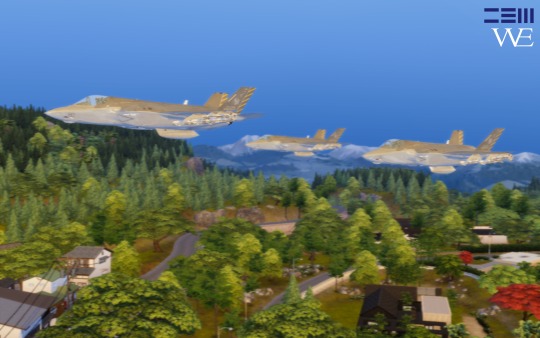
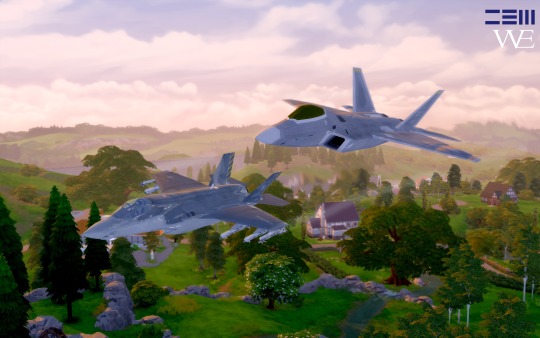
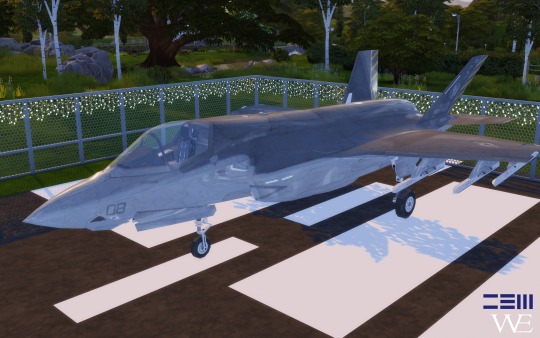
STOVL Fighters Collection DOWNLOAD
At the end of 1950s, the engineers had just an idea of delivering the aircraft even without a runway. Then in the beginning of 1960s, some tests conducted to test the capability of STOVL (Short Take-Off Vertical Landing) or in other word, a possibility of vertical movement of the fixed-wing aircraft, began with the "Flying bunk" in1959. Then the Hawker Siddeley Limited in Britain proposed a concept named "P1127 Kestrel" as a prototype of the VTOL fighter. Then this concept acepted and in 1969, the production of Harrier GR1 had begun. This aircraft was intended to be in use for Royal Air Force, but the Royal Navy also got their own version of FRS1 years later. These Harriers sought it's first battle experience in Falklands War in 1982 when these Harriers brought down some of the Argentine's air capability without any losses. The last of the Harrier production was in GR9 variant which subsequently substituted by the latest F-35B by the Royal Air Force.
McDonnell-Douglas AV-8B Harrier II
The USMC was also seeking the aircraft that suits for the amphibious mission. After the success of the Harrier FRS1 and GR3 variants in the Falklands War, in 1985 the USMC proposed an inquiry to acquire some of these aircrafts, with also stated that these aircrafts should be manufactured in the United States. Then BAe Industries licensed the Harrier to the McDonnell-Douglas company . Also this aircraft met the service within the Royal Spanish Navy in 1987. Several missions has been done by AV-8Bs including Gulf War, Operation Enduring Freedom, Operation Iraqi Freedom and Libyan Crisis.
Lockheed Martin F-35B
The STOVL variant of F-35 Thunderbolt which it's STOVL technology derived from Yak-141 VTOL system, which sold to the Lockheed Martin in 1992, which emphasizes the vector exhaust and a fan in the middle of the aircraft. Also the most wanted aircraft in action of this century. The F-35B is the short take-off and vertical landing (STOVL) variant of the aircraft. Similar in size to the A variant, the B sacrifices about a third of the A variant's fuel volume to accommodate the SDLF. This variant is limited to 7 g. Unlike other variants, the F-35B has no landing hook. The "STOVL/HOOK" control instead engages conversion between normal and vertical flight.The F-35B is capable of Mach 1.6 (1,976 km/h) and can perform vertical and/or short take-off and landing (V/STOL)
#the sims 4#the sims#the sims 4 custom content#ts4 cc#ts4military#the sims 4 military#ts4#the sims 4 cc#ts4cc#deus ex machina#the sims 4 decades challenge#ts4 decades challenge#sims 4 decades#early 2000s#late 2000s#2000s style#fighter jet#f 35 lightning ii#british#american
29 notes
·
View notes
Text
kill them with kindness? WRONG! Hawker Siddeley Harrier jump jet equipped with BL755 Cluster Munitions
2 notes
·
View notes
Text
Events 4.1 (after 1950)
1954 – United States President Dwight D. Eisenhower authorizes the creation of the United States Air Force Academy in Colorado Springs, Colorado. 1955 – The EOKA rebellion against the British Empire begins in Cyprus, with the goal of unifying with Greece. 1960 – The TIROS-1 satellite transmits the first television picture from space. 1964 – The British Admiralty, War Office and Air Ministry are replaced by a unified Defence Council of the United Kingdom. 1969 – The Hawker Siddeley Harrier, the first operational fighter aircraft with Vertical/Short Takeoff and Landing capabilities, enters service with the Royal Air Force. 1970 – President Richard Nixon signs the Public Health Cigarette Smoking Act into law. 1970 – A Royal Air Maroc Sud Aviation Caravelle crashes near Berrechid, Morocco, killing 61. 1971 – Bangladesh Liberation War: The Pakistan Army massacre more than a thousand people in Keraniganj Upazila, Bangladesh. 1973 – Project Tiger, a tiger conservation project, is launched in the Jim Corbett National Park, India. 1974 – The Local Government Act 1972 of England and Wales comes into effect. 1976 – Steve Jobs and Steve Wozniak found Apple Computer, Inc. 1979 – Iran becomes an Islamic republic by a 99% vote, officially overthrowing the Shah. 1984 – Singer Marvin Gaye is shot to death by his father in his home in Arlington Heights, Los Angeles, California. 1986 – Communist Party of Nepal (Mashal) cadres attack a number of police stations in Kathmandu, seeking to incite a popular rebellion. 1989 – Margaret Thatcher's new local government tax, the Community Charge (commonly known as the "poll tax"), is introduced in Scotland. 1993 – NASCAR racer Alan Kulwicki is killed in a plane crash near the Tri-Cities Regional Airport in Blountville, Tennessee. 1997 – Comet Hale–Bopp is seen passing at perihelion. 1999 – Nunavut is established as a Canadian territory carved out of the eastern part of the Northwest Territories. 2001 – An EP-3E United States Navy surveillance aircraft collides with a Chinese People's Liberation Army Shenyang J-8 fighter jet. The Chinese pilot ejected but is subsequently lost. The Navy crew makes an emergency landing in Hainan, China and is detained. 2001 – Former President of Federal Republic of Yugoslavia Slobodan Milošević surrenders to police special forces, to be tried on war crimes charges. 2001 – Same-sex marriage becomes legal in the Netherlands, the first contemporary country to allow it. 2004 – Google launches its Email service Gmail. 2006 – Serious Organised Crime Agency (SOCA) of the Government of the United Kingdom is enforced, but later merged into National Crime Agency on 7 October 2013. 2011 – After protests against the burning of the Quran turn violent, a mob attacks a United Nations compound in Mazar-i-Sharif, Afghanistan, resulting in the deaths of fourteen people, including seven UN workers. 2016 – The 2016 Nagorno-Karabakh conflict begins along the Nagorno-Karabakh Line of Contact.
0 notes
Text

RAF Harrier of VI SQN over the Möhne Dam, Germany. (FTP)
2 notes
·
View notes
Text
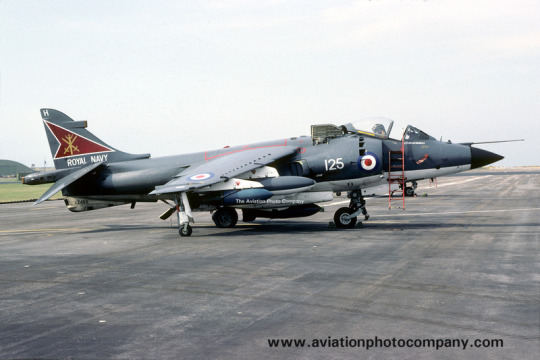
Royal Navy 800 Squadron Hawker Siddeley Sea Harrier FRS.1 -1981-
0 notes
Text

Timed exposure shot of a BAE Systems FA2 Sea Harrier landing at night on to the deck of HMS Illustrious, on patrol in the Arabian Gulf. June 2008.
@ron_eisele via x
#sea harrier FRS.2#hawker siddeley#vtol#fighter#aircraft#carrier aviation#royal navy#royal navy aircraft#cold war aircraft#falklands war aircraft#aviation military#aviation military pics#military aircraft#military aviation
76 notes
·
View notes
Video
Hawker Siddeley Harrier GR.3 RAF XZ133 Served in the Falklands War by Chris Murkin Via Flickr: Hawker Siddeley Harrier GR.3 RAF XZ133 Served in the Falklands War During the Falklands War, the aircraft served with No 1 fighter squadron and was based on HMS Hermes and for a short time at Port San Carlos Photo taken at the Imperial War Museum Duxford Cambridgeshire 11th March 2025 HAA_0580
#Z8#AIRCRAFT#AEROPLANE#Aviation#Photo#PLANE#Photographic#Photography#Picture#Jet#Cambridgeshire#Display#Duxford#static#HISTORY#Vintage#RAF#Nikon#Hawker#Siddeley#Harrier#GR.3#XZ133#Falklands War#Royal Air Force#flickr
35 notes
·
View notes
Text

Hawker Siddeley Harrier GR3 - UK - Air Force
12 notes
·
View notes
Text
10. The Harrier Jump Jet
This is an iconic aircraft renowned for its unique vertical takeoff and landing capabilities. Developed in the 1960s by British manufacturer Hawker Siddeley, it served as a game-changer in military aviation.

The jet employs vector thrust technology, enabling it to hover and maneuver with exceptional agility. Its versatility makes it suitable for various roles, including ground-attack, reconnaissance, and air defense. The Harrier has seen action in several conflicts, notably the Falklands War and Gulf War, earning a reputation for its effectiveness and adaptability.

Though various versions have been produced, the Harrier remains an emblematic symbol of innovative engineering and its impact on modern aviation is still felt today.
0 notes
